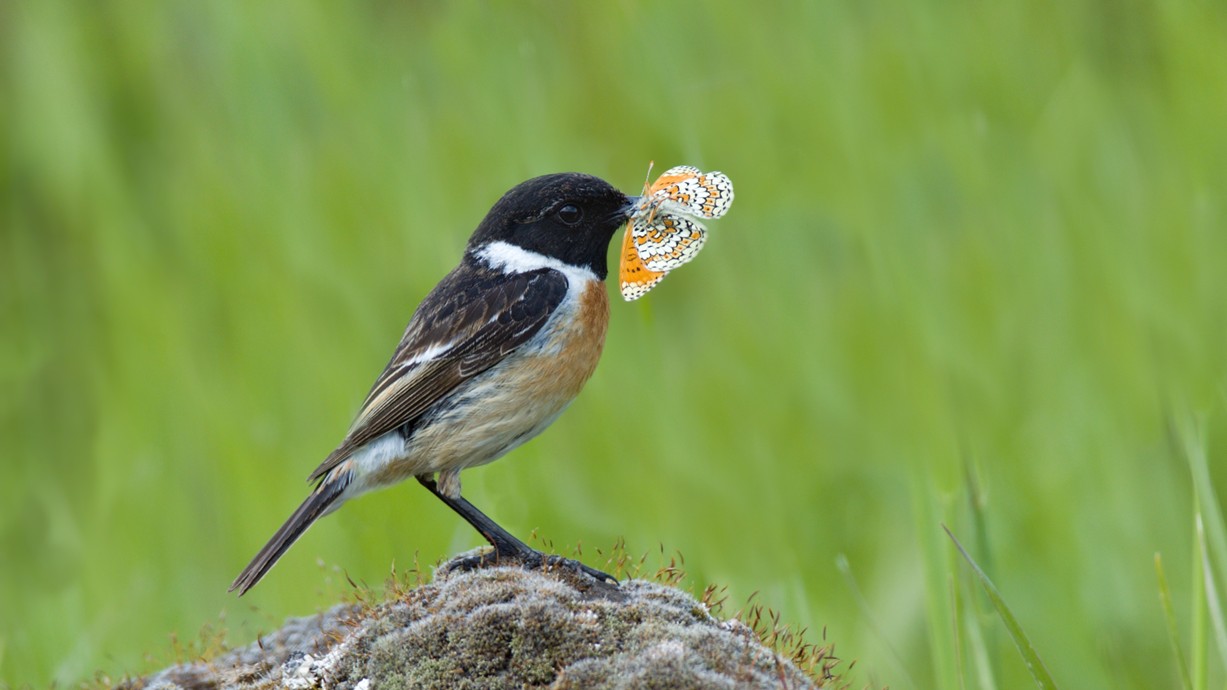
Credit: Stansislav Harvancik.
Why do some animals use bright colours to warn off predators while others opt to camouflage themselves to avoid attack? To find out more, ecologists from around the world have collaborated on a major new study looking at what has led to the evolution of one strategy over another.
Dr Iliana Medina, from the University of Melbourne, and Dr William Allen, from Swansea University, led a global experiment across six continents using more than 15,000 artificial prey in three different colours - a classic warning pattern of orange and black, a dull brown that blends in, and an unusual bright blue and black.
Their findings, which have just been published in Science, reveal when it comes to deterring predators, context is crucial and several factors play a part in determining whether a camouflage or warning strategy works best.
Lead author Dr Allen said: “For a long time, scientists have wondered why some animals use one defence over the other – and the answer turns out to be complicated. The predator community, prey community and habitat are all influential. This helps explain why we see camouflaged and warning coloured animals all over the world.”
The study discovered the predator community had the biggest impact on which prey colour was most successful. The team’s results support the idea that when predators compete intensely for food, they are more likely to risk attacking prey that might be dangerous or distasteful. Hence, camouflage worked best in areas with lots of predation.
But being cryptic doesn’t always work. In bright environments, camouflaged prey was more visible than in darker environments and was attacked more than prey with classic warning colours. Familiarity with prey using different colour strategies is also important - in places where cryptic prey is abundant, hiding becomes less effective, as predators are better at looking for camouflage prey.
Overall, the results showed how multiple mechanisms determine which strategy is more advantageous in a particular circumstance.
Dr Medina added: “Some questions in ecology involve such a wide range of variables that only global collaboration and replication can bring us closer to understanding how nature works. It was a pleasure to work with such a diverse group of colleagues who made this research possible.”
The researchers say their findings will help now build better understanding of the evolution and global distribution of the most common antipredator colour strategies in animals.
Read the paper Global selection on insect antipredator coloration in full.
